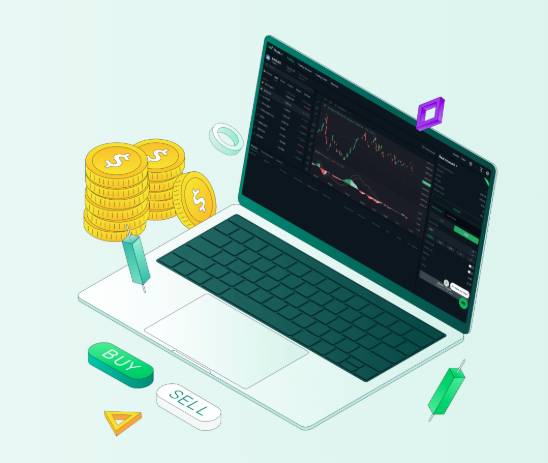What Are Overnight Positions in Forex? Definition, Strategies, and Practical Insights
The overnight position allows a trader to hold an open position past the end of the trading day in New York (5 pm EST). This basic premise in forex trading is, in fact, one of the key decisions that traders make every day: whether to close their positions at the end of the day or to leave them open to the upcoming trading day.
The forex market is not limited by any external trading hours; to its investors, it operates 24 hours a day, 5 days a week. That said, there’s still a technical end-of-day when rolls occur and swap interest is calculated. This rollover occurs at 5:00 a.m. EST at the end of the trading day between one day and the next.
There are a number of reasons that traders will hold positions overnight. Some might be playing longer-term moves, like swing trading or carry trading, while others might be riding trends long enough that they don’t want to close too prematurely. There are pros and cons to holding positions overnight that every trader should be aware of.
It’s important to understand the correlation between interest on a swap and the overnight position in a transaction. When you hold an overnight position, you’re essentially borrowing one currency and holding another, or vice versa. This leads to an interest rate differential that can either cost you or make you additional money, depending on which way your trade is and the interest rate difference between the two currencies in the pair, as we discussed above.
Why do you get paid to keep your position open overnight
The basis of the overnight interest rate is the difference between interest rates on two currencies. Each forex trade, then, involves the simultaneous purchase of one currency and the sale of another, which means that you are borrowing one currency to buy another. This forms a borrowing and lending arrangement that yields charges or interest payments.
Forex swaps are calculated by the interest rates of the central banks of the countries whose currencies you are buying/selling. If you hold a position overnight, you pay or receive interest on the money you are borrowing (selling) and interest on the money you are buying (holding). The net of these rates is what you either receive or pay for swap interest.
Pros and Cons of Overnight Positions
Carrying overnight positions in forex trading can generate both large opportunities and steep risks that each trader ought to weigh before making any decision. It is important to understand these factors when implementing a proper forex risk management strategy and when making your trading decisions.
Primary Risks of Overnight Positions
Holding overnight – cost of the funds: The overnight carry interest is the most certain type of risk associated with holding overnight positions! The funding fees are charged daily if you are in a position of a currency pair where the interest rate is negative. These images can add up fast, particularly in larger position sizes or longer holding periods.
Since the overnight market may be the most volatile, overnight holdings carry the most risk. There can be important economic releases, political news or a central bank decision outside of regular trading hours, and it can cause the price to dash. These, just for example, are gaps in the forex market, and can move in a way that will stop you from being wiped out, when markets reopen, and you certainly won’t get filled at just anywhere, and can very well go way past your risk level.
Risk Management Strategies
For overnight position holding, it’s critical to have sound stop-loss strategies. Automatic stop-loss orders can help prevent losses when you aren’t around to watch the market. These orders should measure potential overnight volatility and should be placed at levels that reflect your risk tolerance.
Sizing becomes even more important with overnight positions. Position size reduction of overnight vs intraday trading is one way to control the risks of being exposed to markets for a longer period of time. This conservative method enables traders to stay with longer-term positions, meaning they are not stopped out of a trade, while at the same time limiting risk in their overall trade portfolio.
For more info:-

.png)
Comments
Post a Comment